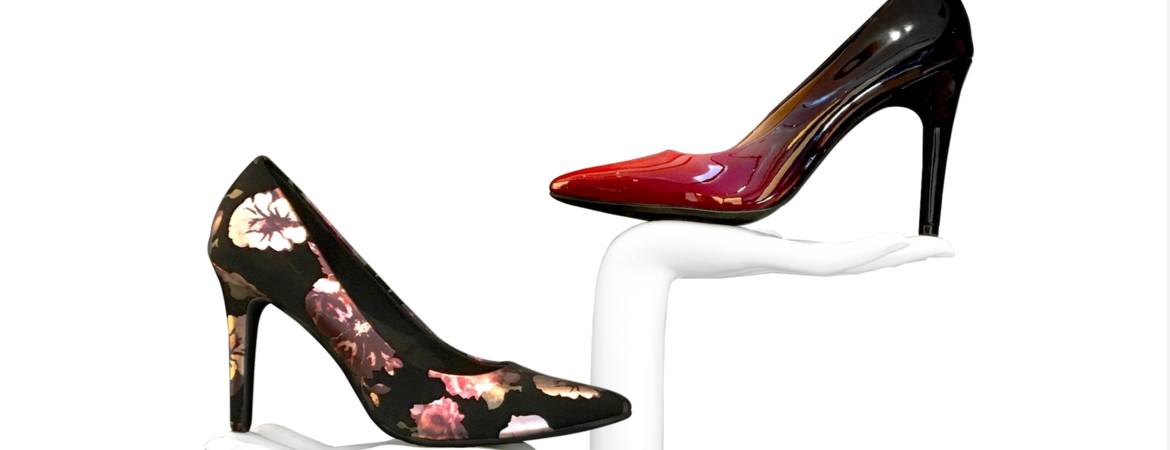
What’s the difference between a $20 shoe and a $600 shoe? Nothing, if you believe a recent marketing stunt by Payless Shoes. But research suggests the opposite. When it comes to experiences, you can get what you pay for.
The troubled retailer of inexpensive shoes created a fake Italian designer, Bruno Palessi, rented and luxuriously decorated a space alongside high-fashion brands in an upscale mall, and invited social media influencers to an exclusive event. In a video that has since gone viral, attendees buy “Palessi” shoes for hundreds of dollars and praise their style and quality, only to find out later they were really Payless shoes costing under $40.
In the cascade of media commentary that followed one point was lost: Sometimes, quality is in the eye of the beholder.
“There is research about the correlation between consumer expectation and experience. The classic example is wine. Most people have no expertise to actually rate the quality of the wine or even to differentiate taste.”
Rami Zwick, a professor of marketing at the University of California, Riverside thinks that expecting a certain experience can lead people to have that experience, especially when experiencing something that is not easy to quantify, like luxury.
“In consumer behavior, in marketing in general, some products we call a utilitarian product, like a hammer or screwdriver, and typically with this type of product it’s relatively easy to judge the quality,” said Zwick. “The other type of product is what we call an experiential product. There are products that we also call hedonic products. Judging the quality of experiential and hedonic products is difficult and emotion plays a big role.”
A shoe is utilitarian, but it is also both an experiential product and hedonic, or pleasurable, product.
“You don’t buy a shoe just to walk in. You buy it because a shoe is something everybody can see. It’s a signal,” Zwick explained. “It is a statement and it is important to you first what you feel when you wear it but also what other people will think when they see it. So in this respect to judge the quality of the shoe experientially it might be difficult.”
Customers deciding whether to purchase expensive shoes relied on two guidelines to help them determine if the price was worth it.
“With quality, typically we say you get what you pay for. So, in the mind of consumers there is this correlation between price and quality, which is, for the most part, true,” said Zwick. “People also believe in a correlation between country of origin and quality, for example, German engineering.”
Or Italian design.
“So the fact that people coming to this expensive place thought that these were also high quality, it’s not surprising,” Zwick said.
“But in this case they invited social media influencers, who determine what is fashionable. Something is fashion if the right people say it is. Payless manipulated this idea. The people who came there immediately had the impression that this was exclusive, that there was scarcity, and anything which is exclusive and scarce you might also think is more valuable. They manipulated people’s expectations. They created scarcity and a luxury image and the people responded to it like any other consumer would respond to this sort of stuff.”
Payless’ target audience might enjoy watching fashionistas get duped but Zwick is sympathetic.
“There is research about the correlation between consumer expectation and experience. The classic example is wine. Most people have no expertise to actually rate the quality of the wine or even to differentiate taste,” Zwick said.
He mentioned an experiment in which volunteers were told the prices of cheap and expensive wines and asked to rate their tastes. Most volunteers genuinely thought the expensive wine tasted better.
“It’s not that they just say it tastes better. Brain imaging research looked at areas of the brain in which pleasure is actually experienced and showed people experienced something more expensive to be more pleasurable,” Zwick said.
So while most people will want to avoid paying more than they have to, they can enjoy the occasional splurge on products that promise pleasures that are hard to define.




